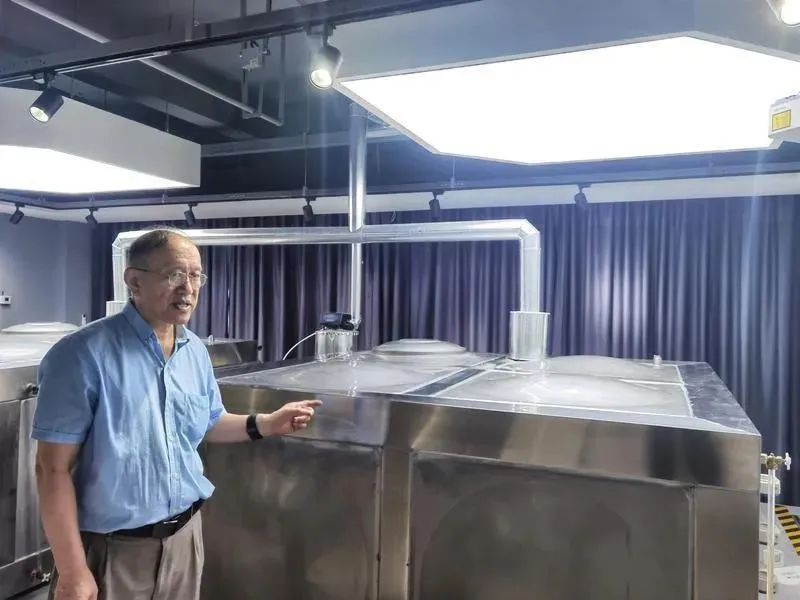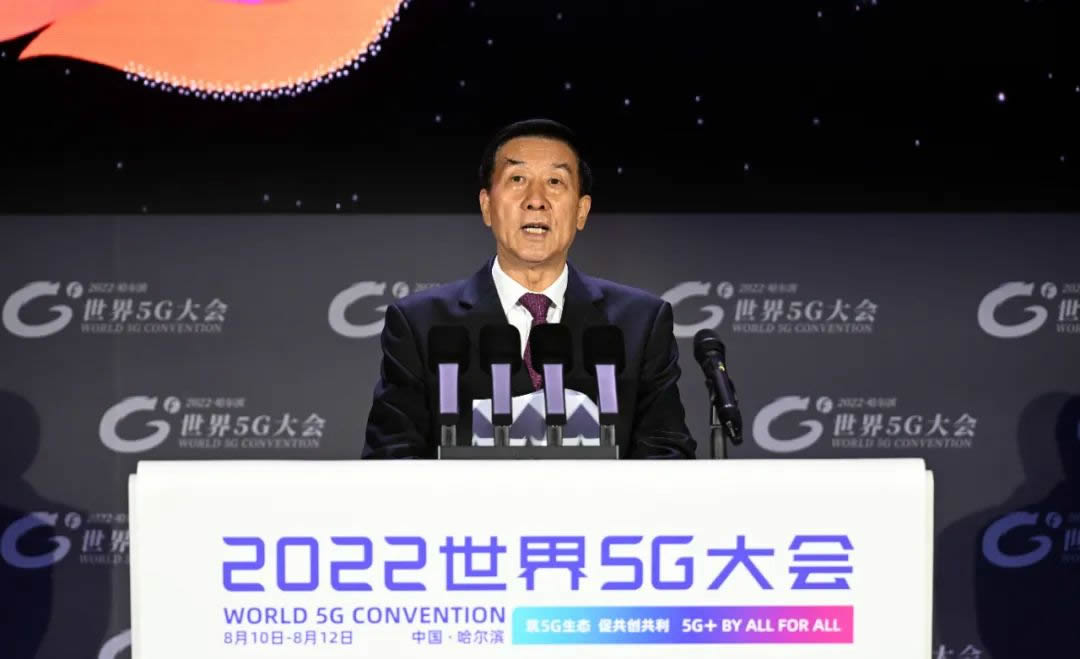Distributed 5G Zero-Carbon Smart Energy Center Enters Operation in Yulin Kechuang New City
On August 1, 2022, a distributed 5G zero-carbon smart energy center was put into operation in Yulin Kechuang New City. It is the zero-carbon multi-energy station, which provides power supply on a large scale to 5G base stations and data centers with zero carbon emissions. The center resolves issues in storing new energy, such as photovoltaic, and flexibly schedules electric power with the help of 5G. Its comprehensive utilization of renewable energy reaches 100%, with an overall energy utilization of more than 90%. As such, annual CO2emissions can be reduced by more than 8,640 tons, equivalent to planting 480,000 trees. As the scaled application of a zero-carbon multi-energy supply system that uses hydrogen energy, it offers a new technical path for achieving carbon peak and carbon neutrality.
The center receives technical support from network system engineering expert teams, including those from China Unicom Shaanxi and Xi'an Jiaotong University. According to reporters on site, the center is made up of an energy station main body, a hydrogen production, storage, and fuel cell system, a photovoltaic power generation system, a water-medium cold and thermal storage system, and shallow geothermal wells. In addition, a 5G-based cyber physical system (CPS), which is a digital twin system for the zero-carbon smart energy center, is used to monitor the operating parameters of each system in real time, implementing intelligent collaboration for sensing, communications, computing, and optimization.
The center provides a clean power supply by using photovoltaic panels to convert Yulin's abundant solar energy resources into electricity. Surplus electricity is used to extract hydrogen from water through electrolytic cells. The extracted hydrogen, together with hydrogen produced by the Yulin hydrogen energy supply chain, is then converted into electricity and thermal energy in the hydrogen fuel cell system. Thermal energy can be converted into cold energy using heat pumps. With the help of heat (and cold) water storage facilities, this fulfills the needs of daily electricity usage, cooling, and heating for more than 200,000 m2 of buildings (including a hotel, a research building, eight office buildings, a civic center, and 19 apartment buildings), more than 20 5G base stations, and China Unicom's cloud data center in Yulin Kechuang New City. The energy center also uses local shallow geothermal wells in Yulin as additional heating sources for cross-seasonal storage of waste heat.
In addition, the systems use cutting-edge technologies such as 5G + Time Aware Network (TAN) and self-adaptive 5G slicing. 5G + TAN technology allows the electrical system to achieve accurate timing and reliable control at low latencies. 5G multi-scenario self-adaptive slices are a breakthrough in intelligent 5G core network slicing. They ensure time synchronization across the entire power grid and slicing self-service for massive number of devices. By combining 5G with the CPS, 5G networks featuring multi-energy synergy have become a reality. This improves the upstream and downstream management, production, and marketing efficiency of energy enterprises, providing a new technical path for achieving carbon peak and carbon neutrality.
The project's 5G technology owner Li Shouqing said, "By integrating 5G and the zero-carbon energy system, our project teams use 5G's high reliability and low latency to achieve a latency of 10 ms for centralized control of the electrical system and a clock synchronization precision of less than 10 μs. More than 1,300 devices are available to self-service network slicing, ensuring secure operations for the zero-carbon smart energy supply system."

Academician Guan Xiaohong (left) and Professor Xu Zhanbo inspecting the operations of the zero-carbon energy station
The energy supply cost within the design life of the center is about CNY0.36/kWh, while that of traditional power supply and municipal heating is more than CNY0.57/kWh. The center can reduce annual operating costs by more than 60% and total costs by more than 36%. Professor at Xi'an Jiaotong University and Owner of Project Execution Xu Zhanbo said, "According to comprehensive calculations, the initial investment of the project can be recovered in only 3 to 4 years, making the project a real environmental protection and economic benchmark."
To achieve the goal of "zero carbon based on hydrogen energy, multi-energy optimization, and market promotion", the project owner and Guan Xiaohong, academician of the Chinese Academy of Sciences and professor of Xi'an Jiaotong University, led the team in the development of six key technologies, including those for modeling multi-energy supply systems that use hydrogen energy, intelligent designs, and collaborative operations, optimization, and decision-making. These technologies were developed and verified on Qinchuangyuan, an innovation and startup platform based in the province of Shanxi, at Western China Science and Technology Innovation Harbour before being put into use in Yulin for the first time. 16 of the 33 patents applied for these technologies have already been granted.

Academician Guan Xiaohong introducing the R&D of key technologies of the zero-carbon energy station in the laboratory
Currently, the center provides a 5G zero-carbon energy supply for the athletes' village of the 17th Sports Games in Shaanxi Province, covering an area of 120,000 m2. Guan Xiaohong remarked that according to public information and documents, this is the 5G zero-carbon smart energy center in practical operation at a large scale. It will help China and the world build green, safe, and efficient energy systems.




